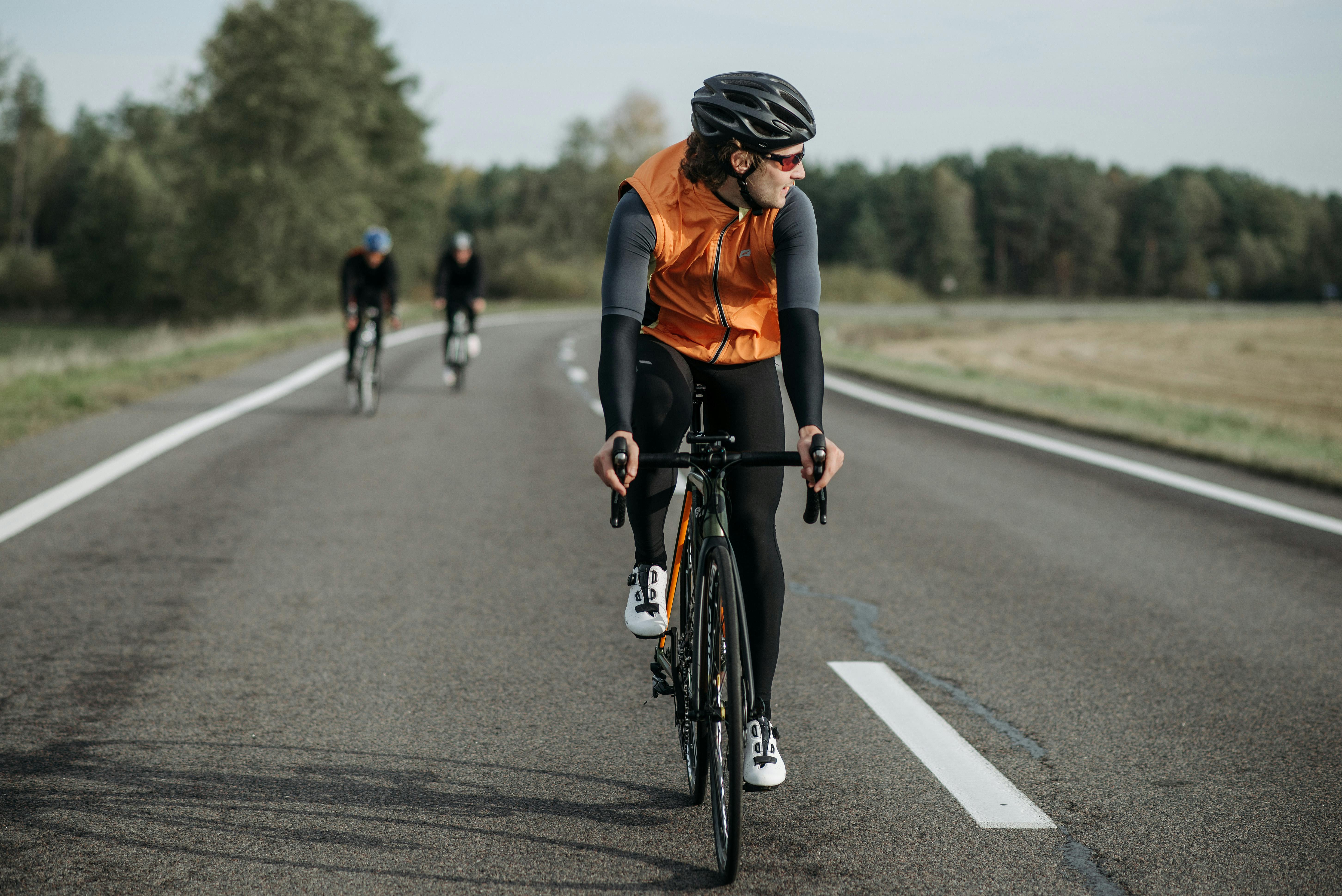Cycling with Knee Bursitis: How to Ride Safely and Comfortably
 RaphaelRuffinoni
RaphaelRuffinoni
Knee bursitis is a condition that can cause significant pain and discomfort, affecting your ability to engage in physical activities like cycling. This inflammation of the bursa—a small fluid-filled sac that acts as a cushion between bones, tendons, and muscles around your knee—can be particularly troublesome for avid cyclists. However, with the right approach, cycling can still be an enjoyable and effective way to stay active. In this blog post, we'll discuss whether you can cycle with knee bursitis and provide tips on how to do so safely.
Understanding Knee Bursitis
Knee bursitis occurs when one or more of the bursae in your knee become inflamed. Symptoms include:
Pain and tenderness around the knee
Swelling and warmth in the affected area
Limited range of motion and stiffness
Discomfort during activities that involve knee movement, such as cycling
Can You Cycle with Knee Bursitis?
The good news is that cycling can be a suitable activity for those with knee bursitis, provided certain precautions are taken. Cycling is generally a low-impact exercise, which means it places less stress on the knee joints compared to high-impact activities like running. However, it's essential to approach cycling with care to avoid exacerbating the condition.
Tips for Cycling with Knee Bursitis
Proper Bike Fit
- Ensuring your bike is properly fitted to your body is crucial. A professional bike fitting can help adjust the saddle height, handlebar position, and pedal alignment to reduce strain on your knees.
Adjust Your Riding Style
- Opt for a lower gear to reduce the pressure on your knees. Avoid aggressive, high-intensity rides and focus on maintaining a smooth, steady pace. Using a higher cadence with lower resistance can help minimize knee strain.
Warm-Up and Stretch
- Always start with a gentle warm-up to prepare your muscles and tendons for the ride. Incorporate dynamic stretches targeting the quadriceps, hamstrings, and calves to improve flexibility and reduce the risk of injury.
Strengthening Exercises
- Strengthening the muscles around the knee can provide better support and reduce strain on the bursae. Focus on exercises that target the quadriceps, hamstrings, and hip muscles.
Use Ice and Compression
- After cycling, apply ice to the affected knee to reduce inflammation and pain. Compression sleeves or wraps can also help manage swelling.
Listen to Your Body
- Pay attention to any pain or discomfort during and after cycling. If you experience increased pain, it may be a sign to modify your activity or take a break. Avoid pushing through the pain, as this can lead to further injury.
Rest and Recovery
- Allow adequate time for rest and recovery between rides. Overtraining can worsen symptoms of knee bursitis, so it's essential to balance cycling with rest and other low-impact activities.
Consult a Healthcare Professional
- If you're unsure about cycling with knee bursitis, consult with a healthcare professional or a physiotherapist. They can provide personalized advice and exercises tailored to your condition.

Conclusion
Cycling with knee bursitis is possible with the right approach and precautions. By ensuring a proper bike fit, adjusting your riding style, incorporating warm-up and strengthening exercises, and listening to your body, you can enjoy cycling while managing your symptoms. For more detailed information and expert advice on cycling with knee bursitis, visit our comprehensive article on Can I Cycle With Knee Bursitis. Stay active, stay informed, and cycle comfortably with CA Cycling Hub!
Subscribe to my newsletter
Read articles from RaphaelRuffinoni directly inside your inbox. Subscribe to the newsletter, and don't miss out.
Written by
